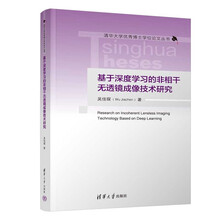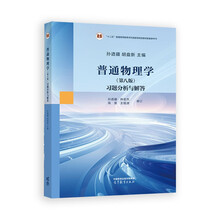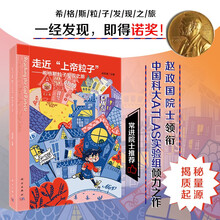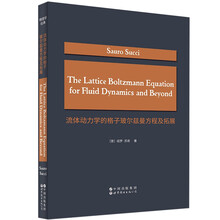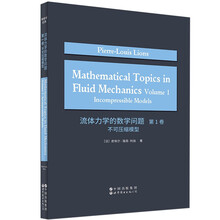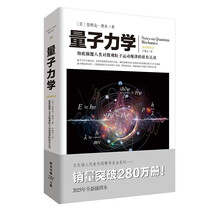Robert R.G.Yang was graduated frOm Department of Radio En-gineering,Xi’an Jiaotong University.He was teaching assistant,lectur-er,associate professor of Xi’an Jiaotong University,and the director of Electromagnetlcs Institute of Southwest Jiaotong University.Currently, he is professor and Ph.D.adviser of Southwest Jiaotong University. Professor Yang ever worked in the famous University of Illinois at U rba-na-Champaign,USA,for six years。After graduation,he is engaged in teaching and research on electromagnetic theory,antenna theory and design,and satellite positioning and communication.He has been responsible for severaI national projects regarding mobile com-munication antennas,satellite positioning antennas,electromagnetic scattering,analysis and synthesis of cylindrical antenna array,and mi-crowave observable materials.Recently,he published tens of papers in the domestic and International academic periodicals and confer- ences.
Professor Yang has been on the teaching works for undergradu-ates and graduates.He authored“Electromagnetic Fields and Waves”(Xi’an Jiaotong University Press,1989),“Auxiliary Functions in Electromagnetic Theory”(Higher Education Press,1992),“Electromag-netic Theorems and Principles”(Southwest Jiaotong University Press,2002), and " Electromagnetic Fields and Electromagnetic Waves"(Higher Education Press, 2003). In addition, he coauthored "Electro-magnetic Theory"( Xian Jiaotong University Press, 1991 )with Dazhang Chen and Pengcheng Liu.
During his work in University of Illinois at Urbana-Champaign, he owned the patents of the compact and stacked microstrip antennas, and won the best paper award about GPS antenna from Institute of Navigation, USA. Professor Yang also won the honors of the Distinguish Teacher and the Excellent Teaching from Xian Jiaotong University, the awards of Hongyu Distinguish Teacher from Southwest Jiaotong Univer-sity, and The Scientific and Technical Development of Zhan Tianyou from Ministry of Railways of China. Professor Yang enjoys the special subsidy from the State Council.
Thomas T.Y.Wong iS Professor and Chairman of ElectricaI and Computer Engineering at the Illinois Institute of Technology,where he is the founding director of the Microwave Laboratory.
He received the B.Sc.degree from the University of Hong Kong in 1975.and the M.S.and Ph.D.deg rees from Northwestern University in 1978 and 1980 respectively,all deg rees being in electrical engineering.From 1975 to 1976,he was a Product Engineer at Motorola Semicon-ductor(Hong Kong)Sector.He pursued graduate research at North-western University,where he pa rticipated ln the development of mi-crowave equipment for material property measurement covering the frequency range of 1 MHz to 60GHz.He made measurements on the conductivity properties of solid electrolytes and developed a theoreti-cal model for charge transport from which a scaling relation for identif-y Jng iump dIffusion Process was obtained.
He lolned the lIltnois Institute of Technology In 198l as an Assistant Professor.In this role.he introduced courses on microwave theory, electron devices。quantum electronics,and electronic materials, while initiating resea rch on transient phenomena and wave propaga-tion effects in high-speed semiconductor devices and integ rated cir-cuits.Out of this early e仟ort.he developed the numericaI Bromwich integration to enable the early-time response of devices and electro-magnetic seatterers to be calculated to any specified precision,and established 150 U m as the upper bound for the width of the gate pe-riphery of a GaAs field-effect transistor for negligible pulse dispersion.
In the ensuing years.he established the Microwave Laboratory, which supported research efforts on nonlinear device measurements, broadband millimeter-wave communication systems, semi-open struc-tures for material property measurements, and dielectric resonator ap-plications. He collaborated with national laboratories in research on particle acceleration and laser measurements. He published the first book on the subject of distributed amplification ( Fundamentals of Dis-tributed Amplification, Artech 1993) and it remains until today the only book on this subject since the concept was put forth over 50 years ago. He is the originator of several patents on microwave electronics and wireless communication system design.
He was the Graduate Program Director of the ECE Department of IIT from 1987-1995, and in the 1998 academic year, he was the Chair of the University Faculty Council. He served on the organizing committee of several international conferences and is a frequent reviewer for sev-eral engineering journals and technical book publishers.
展开

